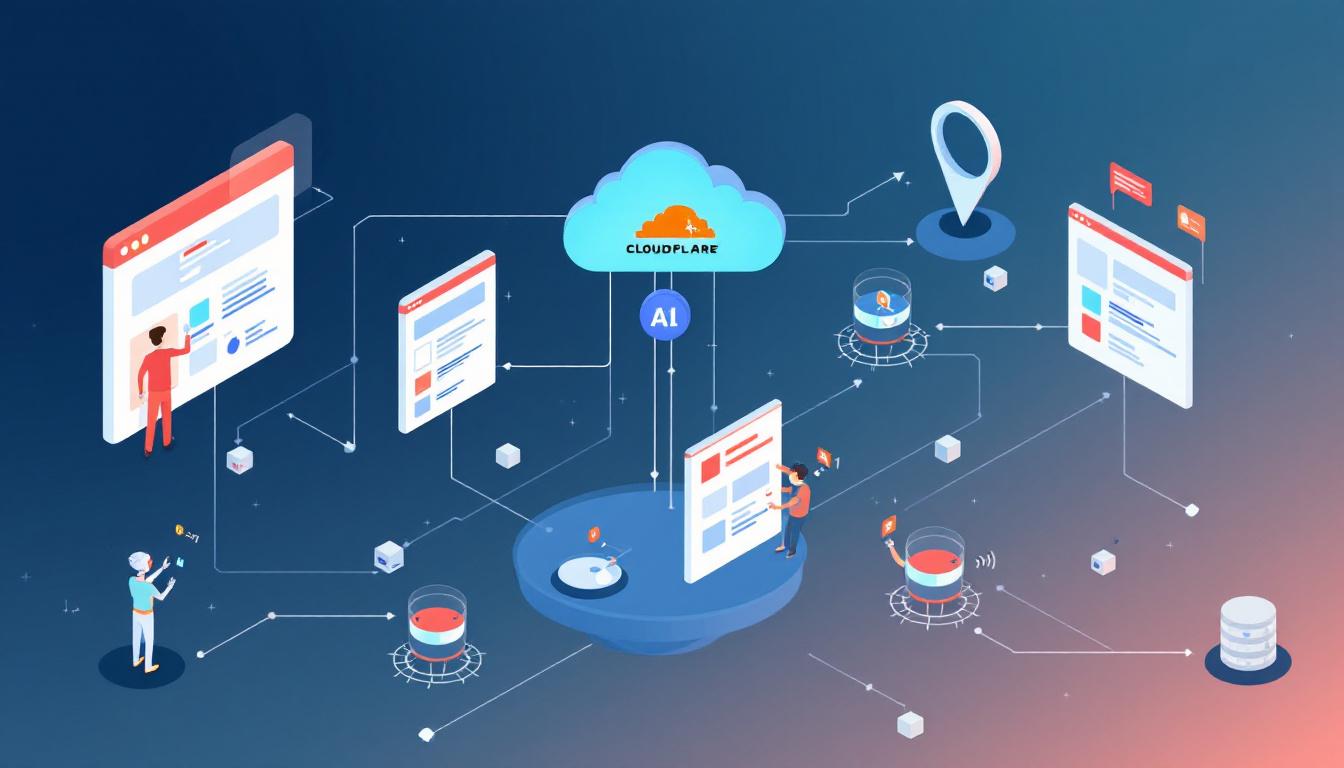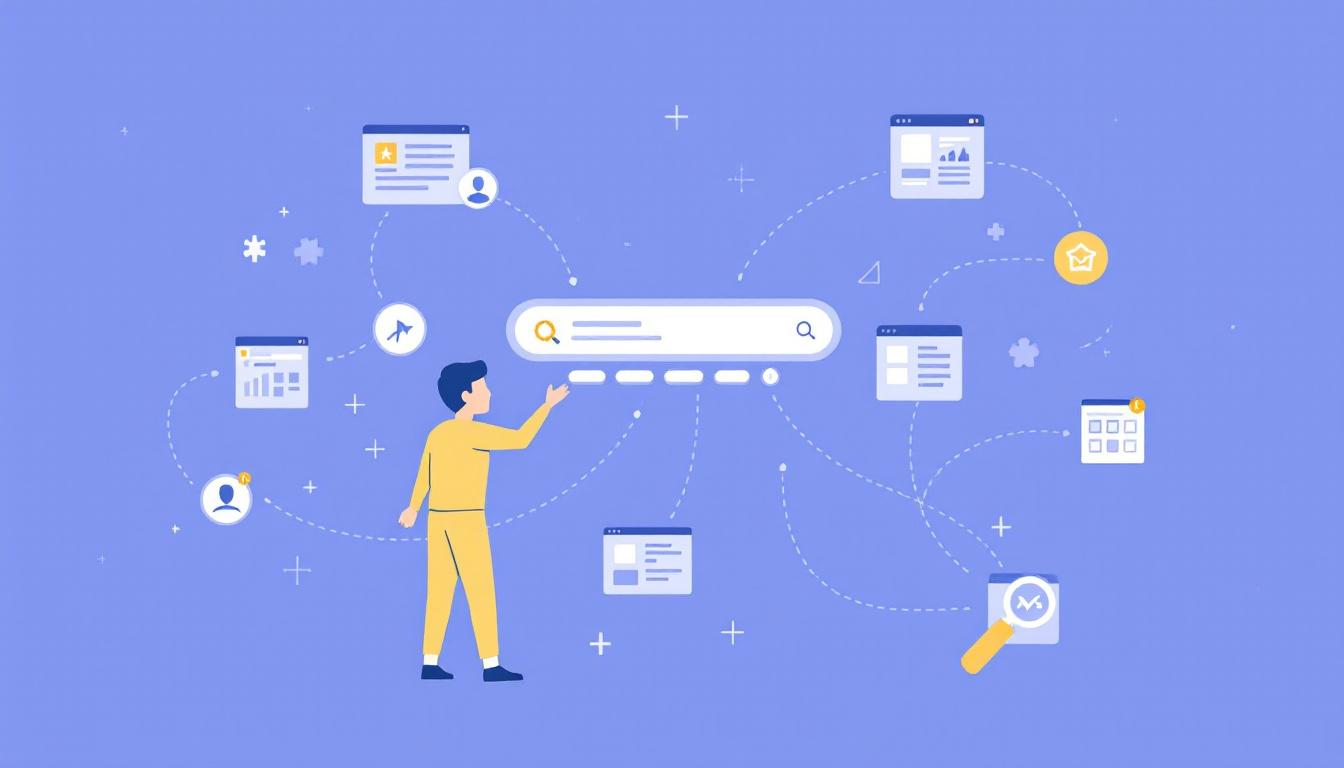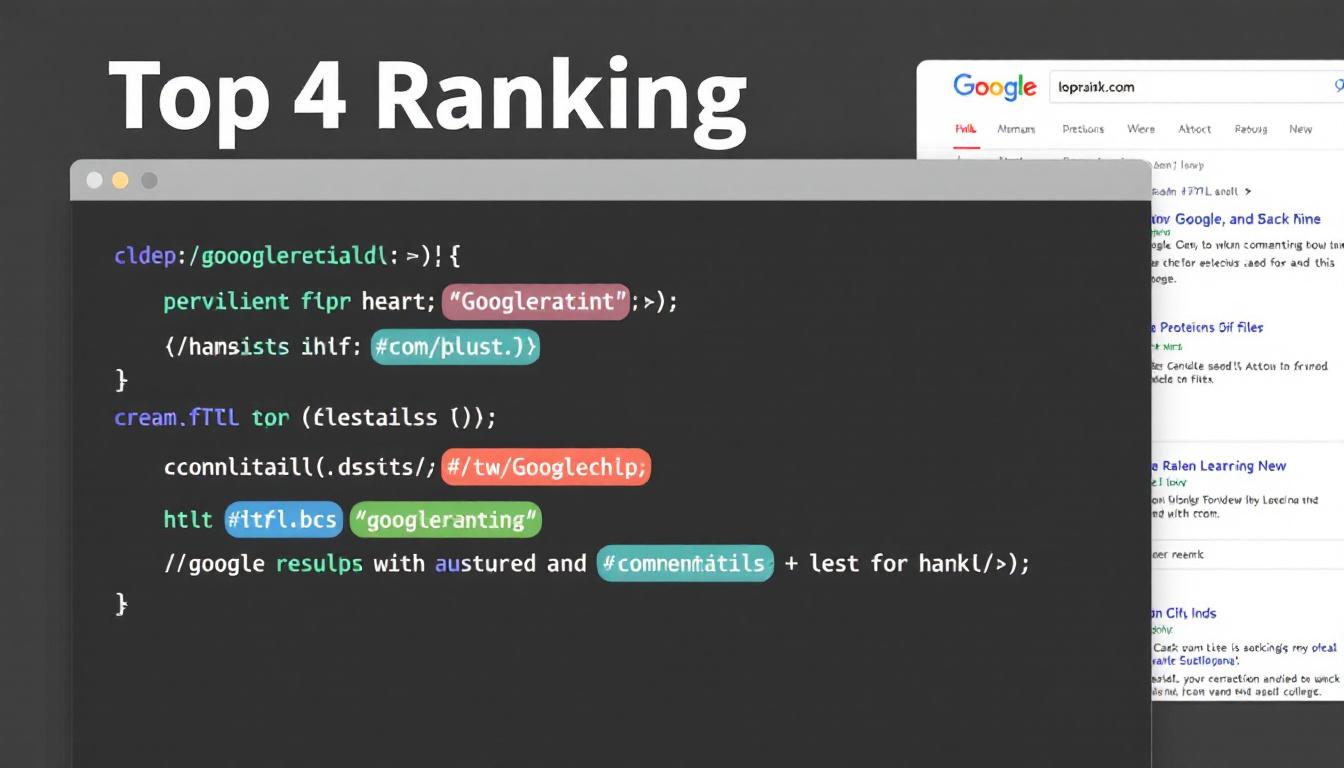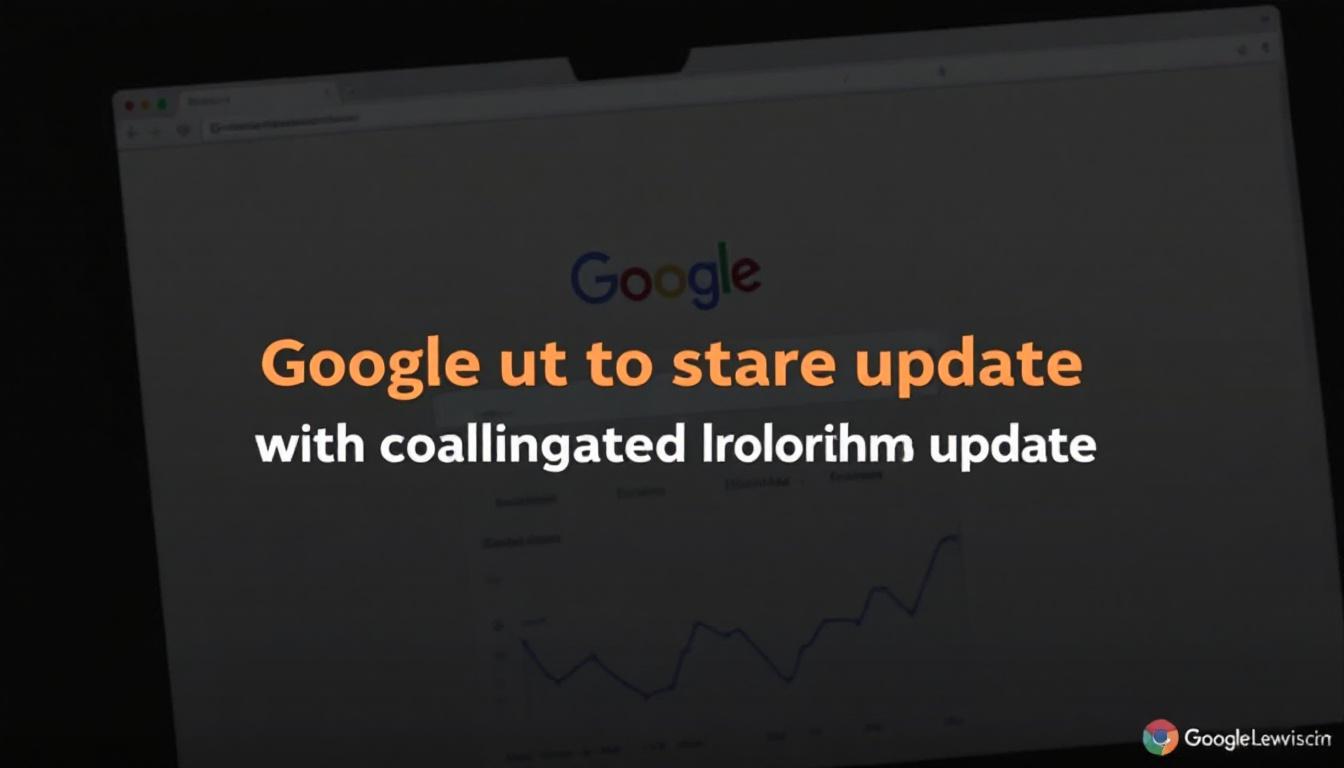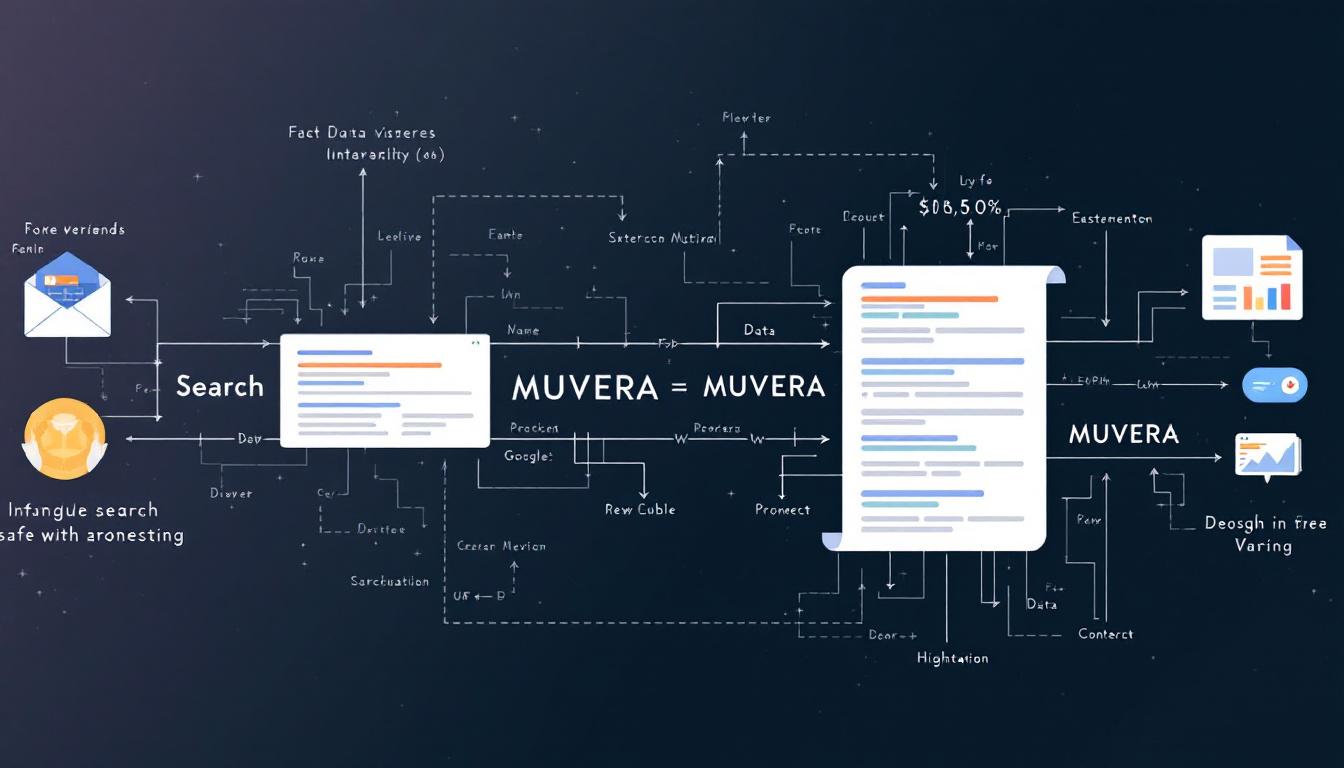Cloudflare has introduced a groundbreaking “pay-per-crawl” feature that allows publishers to monetize access for AI crawlers.
Writecream
Your ultimate secret weapon for SEO, sales, and marketing success.
This move has ignited conversations among SEO experts and digital marketers regarding its implications on content accessibility and revenue streams in the evolving landscape of generative search.
Cloudflare Implements Default AI Crawler Restrictions
In a significant shift, Cloudflare has rolled out a private beta feature that automatically blocks recognized AI crawlers for new domains.
This default setting introduces a new dynamic for publishers seeking to control AI access to their content.
Publishers now have the ability to manage crawler access through three distinct settings for each AI crawler: Allow for unrestricted entry, Charge to set a domain-wide fee per request, and Block to deny access altogether.
Any AI crawler attempting to access content that is blocked will encounter a 402 Payment Required response.
Cloudflare manages the billing and distribution of revenues based on a flat rate set by the publisher for each request.
Technical Specifications and Early Adoption
The integration of this new pay-per-crawl system aligns seamlessly with Cloudflare’s existing bot management tools, enhancing the platform’s security and monetization capabilities.
The pay-per-crawl feature works in conjunction with current Web Application Firewall (WAF) rules and robots.txt files. Security is maintained through the use of Ed25519 key pairs and HTTP message signatures, ensuring that only authenticated crawlers can access the content.
Early adopters of this initiative include prominent publishers such as Condé Nast, Time, The Atlantic, AP, BuzzFeed, Reddit, Pinterest, and Quora.
While the initial offering supports a fixed pricing model, Cloudflare plans to introduce more dynamic and detailed pricing options in future updates.
SEO Experts Voice Their Concerns
The introduction of pay-per-crawl mechanisms has not been met without reservations, as several SEO professionals express unease over the potential challenges it poses.
Necessary Adjustment According to Some
Despite the concerns, a segment of the SEO community views this development as a positive step towards restructuring the content economy.
These proponents argue that the current ecosystem heavily favors AI companies at the expense of content creators. Pedro Dias, a Technical SEO Consultant and former member of Google’s Search Quality team, believes that this adjustment is overdue and necessary to restore balance.
Additionally, Ilya Grigorik, a Distinguished Engineer at Shopify, commended the incorporation of cryptographic authentication, emphasizing its importance in distinguishing legitimate crawlers from malicious bots.
Under the new system, AI crawlers must validate themselves using public key cryptography and specify their payment intent through custom HTTP headers. Conversely, many SEO experts worry about the broader implications for website visibility.
Duane Forrester, Vice President of Industry Insights at Yext, cautioned that businesses might inadvertently block their content from AI-powered search results unless they agree to pay.
Similarly, Lily Ray, Vice President of SEO Strategy at Amsive Digital, highlighted that this change could lead to urgent discussions with clients who may not realize that their websites could become invisible to AI crawlers by default.
Ryan Jones, Senior Vice President of SEO at Razorfish, mentioned that most of his clients prefer AI crawlers to access their content to maintain visibility.
Future Implications
Looking forward, the introduction of Cloudflare’s pay-per-crawl system signifies a new phase in content access negotiations.
This development adds a layer of complexity for SEO professionals, as website visibility might become contingent not only on search rankings but also on crawler access permissions, payment structures, and bot authentication processes.
While some view this as an empowering tool for publishers to monetize their content, others are concerned it may lead to fragmentation of the web, where access varies based on different policies and financial models.
As generative AI continues to play a pivotal role in how information is retrieved and presented, websites will need to navigate a complex environment of systems, regulations, and economic considerations to maintain their presence.
The Bottom Line
Cloudflare’s introduction of the pay-per-crawl feature marks a significant shift in how web content is accessed and monetized by AI systems.
While it offers publishers new opportunities to generate revenue from their content, it also raises important questions about content visibility and the future of search engine interactions.
As the SEO landscape adapts to these changes, stakeholders will need to carefully consider the balance between monetization and accessibility to ensure a fair and open digital ecosystem.
